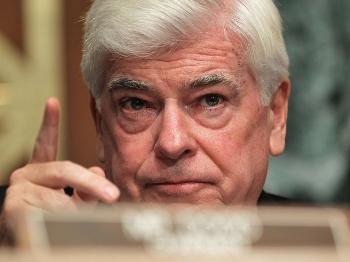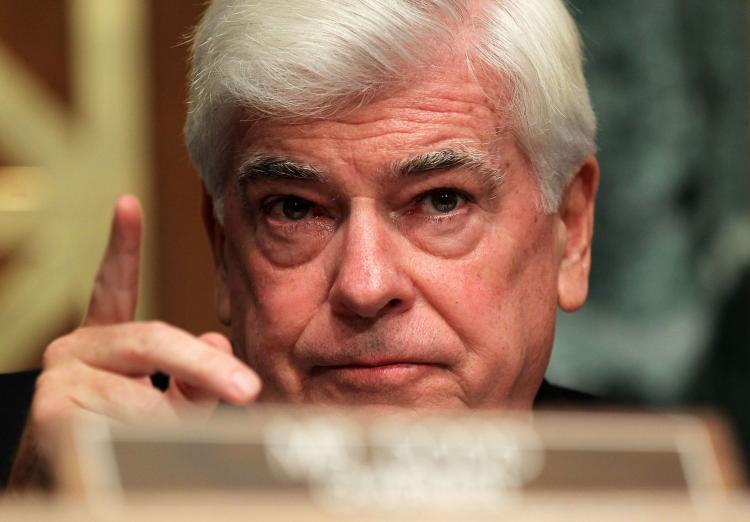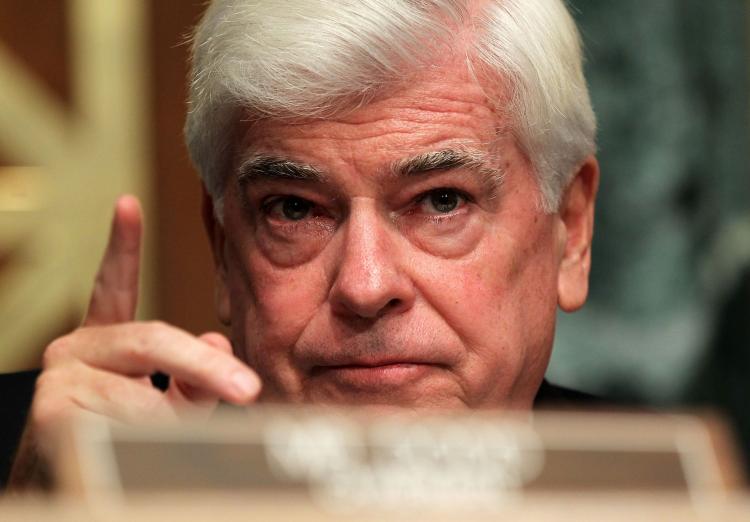During 2010, U.S. companies held $1.93 trillion in cash in their coffers.
“But they are not investing to expand their companies, grow the real economy or create good middle-class jobs. Corporate CEOs are literally hoarding their company’s cash—except when it comes to their own paychecks,” according to the AFL-CIO on its Executive Paywatch website.
Companies retrenched another 118,523 employees through 1,286 mass layoff actions, involving at least 50 workers per company during March, according to an end-of-April Bureau of Labor Statistics press release.
The above retrenchment numbers must be taken with a grain of salt as one should consider the nation’s total layoff numbers. These numbers don’t include layoffs in smaller companies and in those where less than 50 people received a pink slip. Yet the nation’s unemployment rate has not changed and still hovered around 8.8 percent in March 2011, the same percentage as during the prior month.
“U.S. corporations held a record $1.93 trillion in cash on their balance sheets [in 2010]. A lack of business investment is one reason that more than 14 million Americans remain unemployed,” accused an article on the AFL-CIO website.
Executive Compensation Numbers
“Bonuses were the component of compensation that saw the most growth in 2010, with a 43.3% rise. The median bonus was $2.15 million. 85.1% of CEOs received an annual bonus payout in 2010, compared to 73.6% in 2009,” according to Equilar, a firm that tracks executive compensation, in an entry on its website.
In 2010, S&P 500 company executives experienced a significant 28.2 percent boost in remuneration, after having to put up with much less in 2008 and 2009.
According to Equilar, the overall executive pay package consisted of about 38 percent in stocks and around 27 percent in other bonuses last year.
“Compensation for CEOs has returned to levels we haven’t seen since before the economic crisis,” said Doug Friske, head of executive compensation consulting at Towers Watson, a global professional services consulting firm, in a recent press release. Surprisingly, almost all stockholders, or at least the majority, were in favor of the proposed executive pay for any particular company.
“It appears that most companies are getting it right in terms of their executive pay practices. … Shareholders and other constituents are watching closely. … Perspectives and priorities can change quickly, and there’s no room for complacency,” said Friske in the press release.
Getting Down to the Nitty Gritty
“Overall, CEOs of the 299 companies in the AFL-CIO Executive PayWatch database received a combined total of $3.4 billion in pay in 2010, enough to support 102,325 jobs paying the median wages for all workers,” according to the article on the AFL-CIO website.
Global companies’ executives hauled in more regular pay, while bonuses decreased. In total, financial services executive pay amounted to around $149 billion in 2010.
Philippe P. Dauman, president and CEO of Viacom Inc., the highest-paid CEO, received $85 million in remuneration in 2010, which did not include a bonus, but stock ($42 million) and option ($29 million) awards, non-equity incentive plan compensation ($11.3 million), and some other type of earnings, according to the AFL-CIO.
In comparison, a minimum wage worker would have to work for 5,604 years, a median worker 2,546 years, and President Barack Obama 211 years to come close to that amount.
Ray R. Irani, of Occidental Petroleum Corp. was paid $76 million in 2010. Michael S. Jeffries of Abercrombie and Fitch Co. earned $36 million in 2010, while Mark V. Hurd of Hewlett-Packard Corp. and Susan M. Ivey of Reynolds American Inc. each earned $24 million. These figures are considerably higher than the earnings of executives Mary F. Sammons of Rite Aid Corp. ($3.2 million) and William J. Pulte’s of the Pulte Group Inc. ($4.6 million).
Reforming Executive Compensation
On July 21, 2010, President Obama signed the Dodd-Frank Wall Street Reform and Consumer Protection Act into law.
The Dodd-Frank Act forces public companies to give shareholders a say on executive pay. Alas, it is nonbinding, giving the company the right to ignore shareholder wishes and allowing a company’s board to do as it wishes.
Not only that, it “also gives the SEC [U.S. Securities and Exchange Commission] the authority to exempt companies or classes of companies from the ‘say on pay’ requirements,” according to law firm Pillsbury Winthrop Shaw Pittman LLP.
There are other conditions, including a clawback requirement, which requires executives to return a portion of their pay under certain circumstances, including when material noncompliance with financial reporting requirements is found.
“But CEOs are pushing back. They particularly dislike the requirement that companies disclose to investors the pay disparity between the CEO and the typical worker,” according to the article on the AFL-CIO website.
Dissecting CEO Pay
With shareholders condoning rising executive compensation, including large bonuses, “compensation for chief executive officers at the nation’s biggest corporations rebounded strongly in 2010 due largely to improved company performance and a rising stock market,” announced Towers Watson in a recent press release.
Windfall profits and hoarding the company’s cash were responsible for median base salaries and bonuses increasing by 17 percent in 2010. On a more somber note, the total median executive compensation package increased by only 9 percent in 2009.
Direct compensation packages increased by 9 percent in 2010, compared to a 1 percent decrease in 2009, and consisted of cash, restricted and unrestricted stock options, and long-term performance plans.
“Annual bonuses were a big factor in the double-digit increase in total cash compensation. Nearly three out of four CEOs (72%) received bonuses in excess of 100% of their 2010 target annual bonus,” according to the Towers Watson press release.
Towers Watson points out that CEO compensation packages markedly changed when profitability rebounded, but also mainly when the stock market rebounded.
The drawback when using the stock market to determine compensation “is that in a strong stock market, it has the potential to indiscriminately reward both strong and weak managers alike,” according to a Harvard Business School article.
Experts are concerned that remuneration based on stock valuation encourages excessive risk taking by executives. Research has concluded that executive compensation has a direct effect on risk taking.
“Overall, the findings appear to confirm that the structure of a manager’s compensation influences risk-taking choices even if this might not be the primary objective of corporate boards,” suggests the research “CEO Compensation and Corporate Risk-Taking,” published mid-April.
The researchers concluded that “firms whose CEOs have compensation heavily weighted on the upside (e.g. more out-of-the money options and a high sensitivity to stock price volatility) tend to roll the dice by not reducing cash flow volatility.”
In other words, CEOs whose compensation packages contain stock, which is affected by market price, will take greater risks, while CEOs who are given stock that has to be sold at a specific value take fewer risks, because their compensation doesn’t depend on the rise or decline of a value of a stock.






